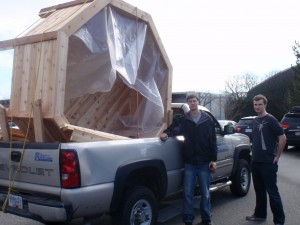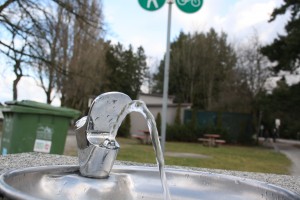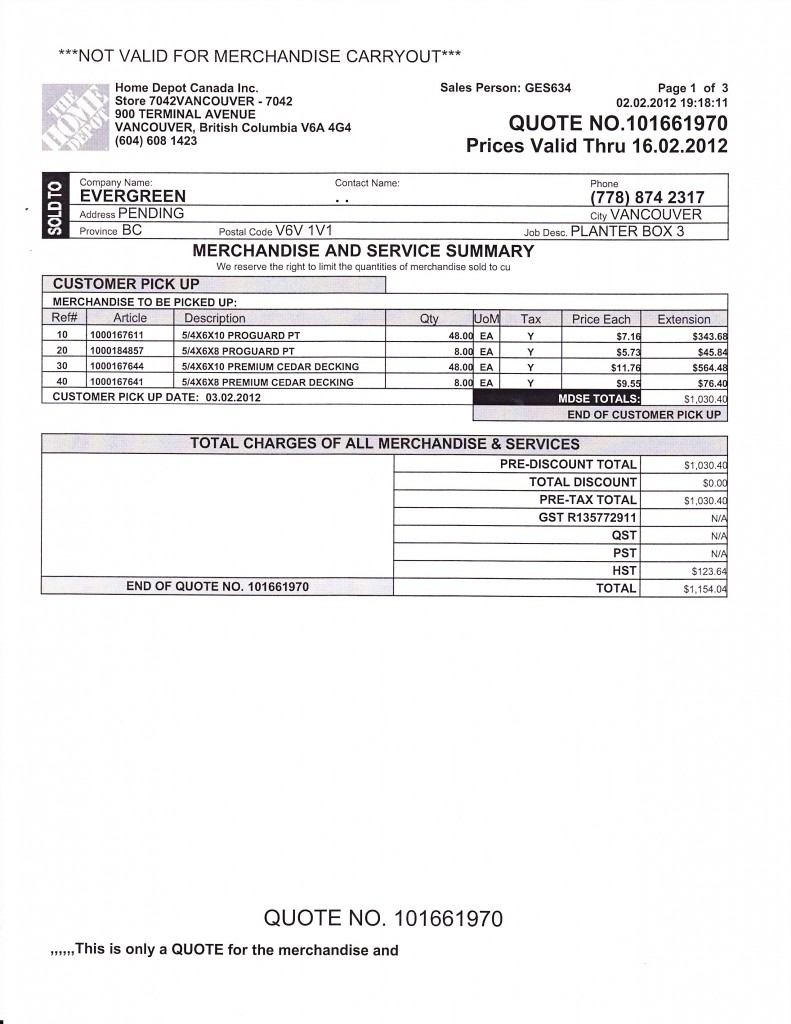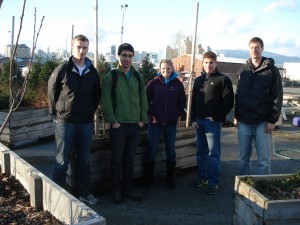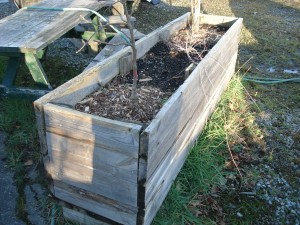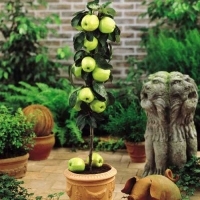Since meeting our client, we have been making a lot of progress on our project.
At our Monday meeting in CIVL 202 at the Design Studio, we decided on three prototype box drawings. The three designs are a square, rectangular, and octagonal plan-view- see attached photos.
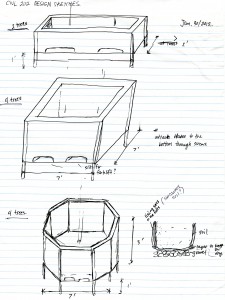
Box Sketches
As well, we began addressing the process of how we will move forward. We looked at what steps need to be carried out and when, as well as beginning the retrieval of necessary permissions, such as use of the civil vehicle and shop time. As of Tuesday, Jedaiah had completed the attached prototype drawings. We also began a succinct “dropbox” system, an internet relay method we are using to keep a transparent, accurate documentation process throughout our CSL project. In this folder for our own use we have many documents: pictures, drawings, approximate work schedule, documentation, etc.
See attached work schedule.
Our group had a brief safety meeting with Dr. Daigle on Tuesday; however, he has postponed more details until he knows exactly what equipment we will be using.
As well, after our conversation on Monday with Susan Nesbit, we met her on Thursday to discuss alternative options to accentuate our project experience. One option was to do a stream surveying project, which certain members of our team are doing individually. As well, as a group, we have collectively decided to take part in an extra project with Susan to help move the course along, with aid from student perspective.
Some of our group went on Thursday to source materials for the building of the boxes from Home Depot. They will be collecting notes and prices for different materials and accessories we can use.
Attachment: CIVL 202 – Work Schedule
Thursday, January 26, 2012
- Site visit at Evergreen Planters, 3:30 pm.
- Receive design specifications from Helen.
- Individual Journal entries updated.
Friday, January 27, 2012
- Weekly blog # 2 is due.
- Individual Journal entries updated.
Monday, January 30, 2012
- Design Studio – Group meeting: Project Design.
- Individual Journal entries updated.
- Possibly schedule a group meeting outside of class for the CSL project.
- Start weekly blog entry #3 (ANY TIME THIS WEEK).
- Record documentations.
Monday, February 6, 2012
- Blog entry #3 is due.
- Design Studio – CSL tasks.
- Individual Journal entries updated (THROUGH OUT THIS WEEK).
- Possibly schedule a group meeting outside of class for the CSL project.
- Start thinking about the CSL project report.
- Start weekly blog entry #4 (ANY TIME THIS WEEK).
- Documentation.
Monday, February 13, 2012
- Blog entry #4 is due.
- Design Studio – CSL tasks – start finalizing.
- Individual Journal entries updated (THROUGH OUT THIS WEEK).
- Schedule implantation days for this week.
- Start weekly blog entry # 5 (ANY TIME THIS WEEK).
- CSL project report.
- Documentation.
- Start weekly blog entry # 5 (ANY TIME THIS WEEK).
Monday, February 20, 2012.
- Blog entry # 5 is due.
- Finalize implementation this week (IDEALLY BEFORE READING BREAK).
- Finalize report.
- Documentation.
- Start weekly blog entry # 6 (ANY TIME THIS WEEK).
